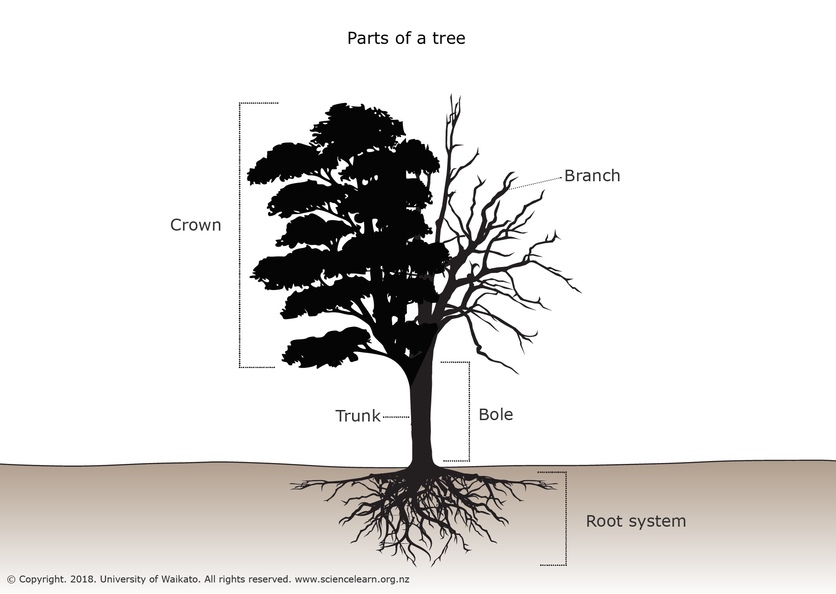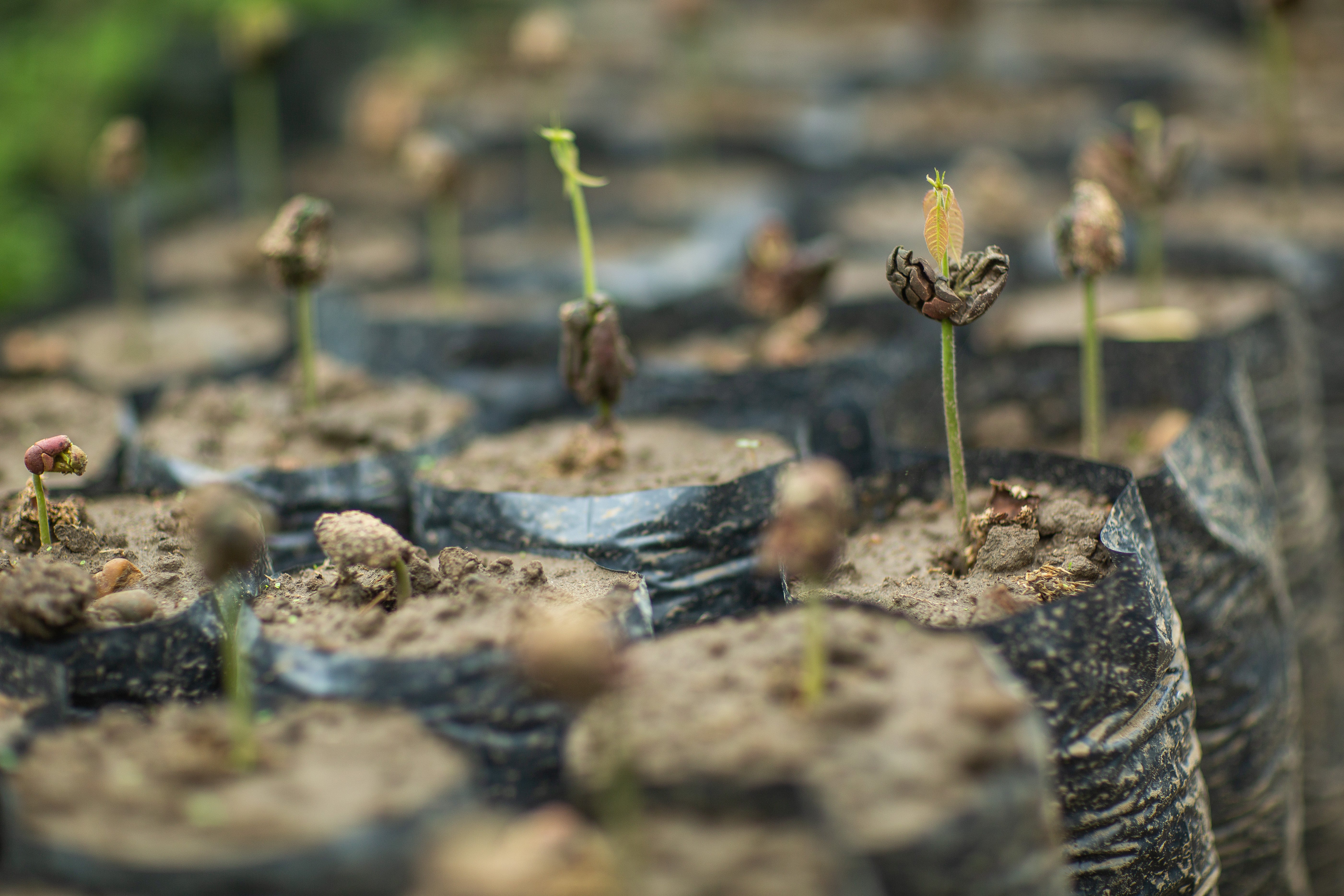

“Full sun” means at least 6 hours each day of direct sunlight. A tree that needs full sun will not thrive if you plant it in shade, while another that needs dry soil might die if you plant it in a wet spot. Trees have specific requirements for sunlight, soil and climate. Stay up-to-date on our urban forestry work, reforestation projects, research and more.

You could also consider a tree species that currently grows at a lower elevation, or several hundred miles to the south of your location. Some tree experts are now recommending that you plant trees that are suited to the climate conditions your area will experience in 30 or 50 years.īecause of this, you may want to choose a tree species that can tolerate higher heat, or more intense droughts. Some areas will experience more intense droughts. Invasive trees can compromise ecosystems.Ģ. Some municipalities give out free or inexpensive trees, or have tree rebate programs.īe careful never to plant invasive trees, including mimosa, tree-of-heaven, Norway maple and black locust. Specialty nurseries such as native plant nurseries may have a better selection. All garden centers might not carry the tree you want. You can use a tool like the Audubon Native Plant Database to look up trees that are native to your area.

Native trees are adapted to local conditions, and provide essential habitat and food for wildlife like birds and butterflies. You might want to consider planting a tree species that is native to your general region, rather than a species from Asia, Europe or from the other side of the United States. The USDA’s Plant Hardiness Zone Tool will tell you what your local planting zone is, though keep in mind that climate change is quickly altering these zones. You can ask your local arborist, university agricultural extension, botanical garden or plant nursery for tree recommendations. Decide whether you want a shade tree, a small flowering tree to brighten up a shady corner, a tree that will attract wildlife or something else.


 0 kommentar(er)
0 kommentar(er)
